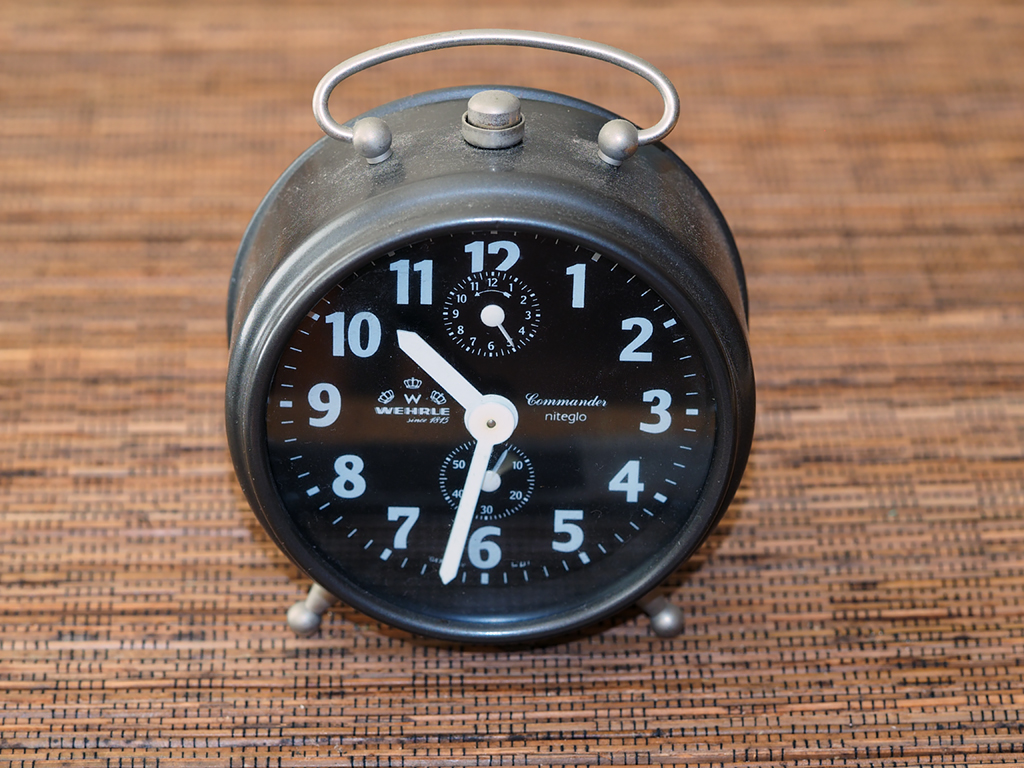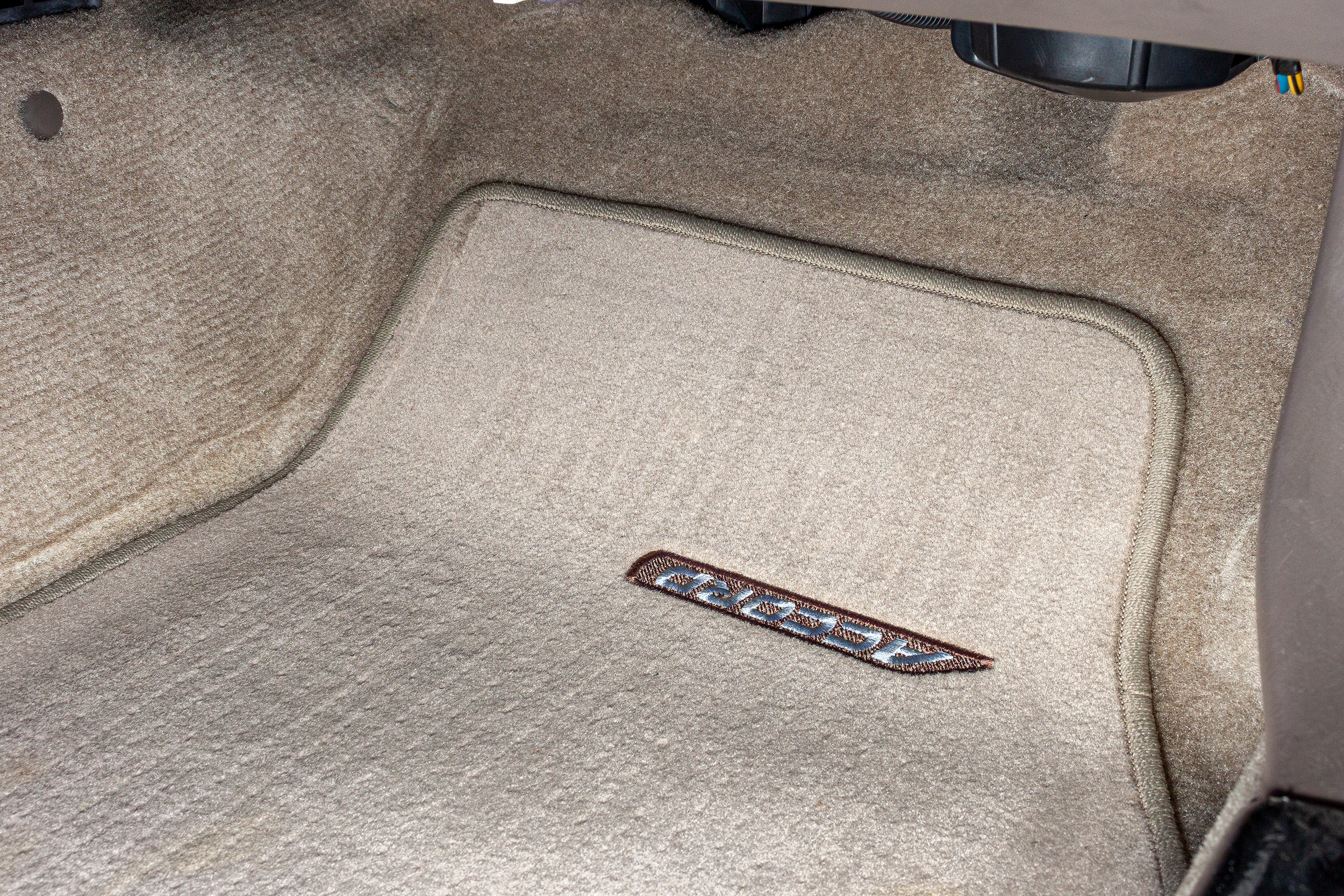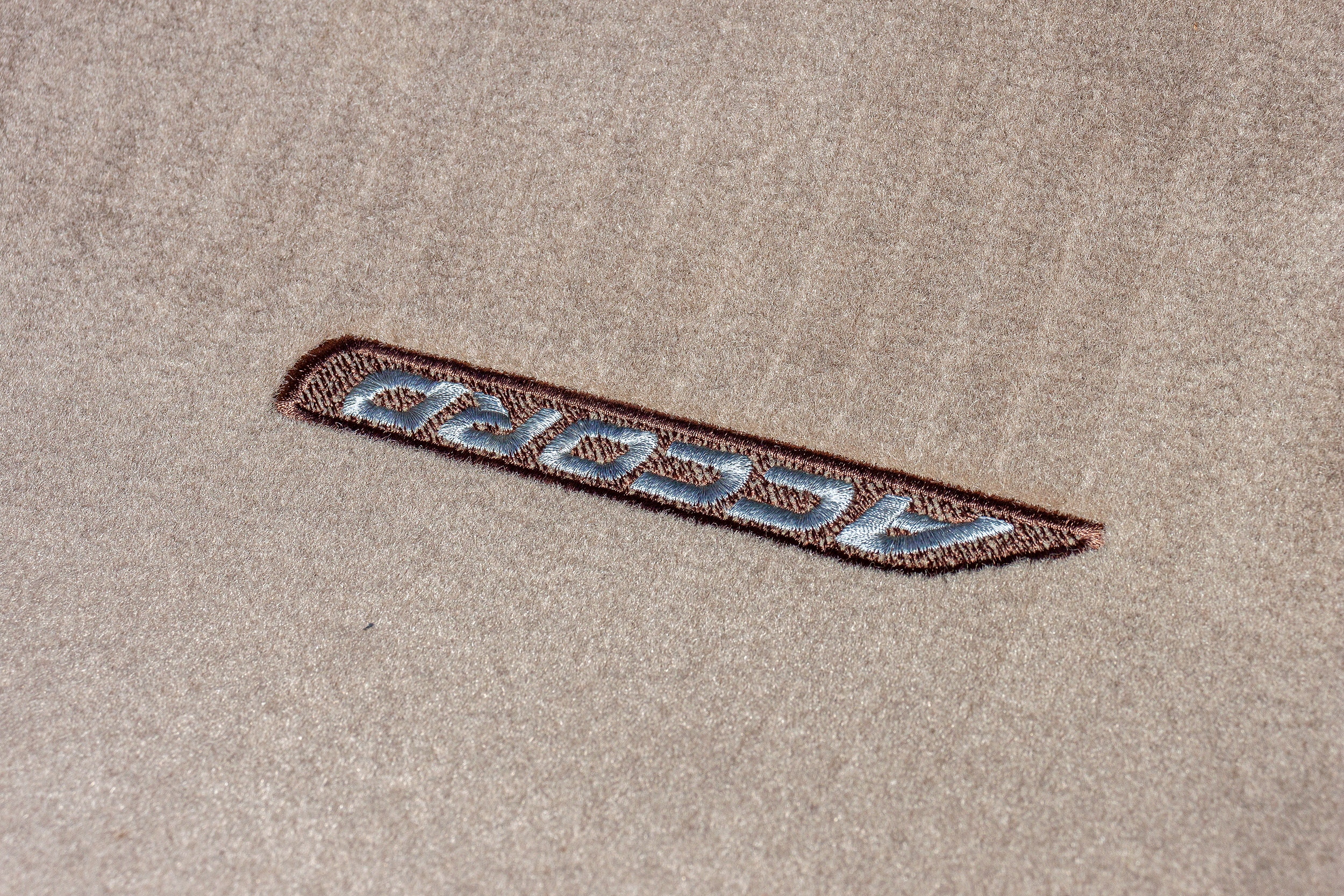This works with android too. You can also plug in some headphones, when you push the microphone button it will take a picture or pause your musicI'm assuming you have an Android. Not sure about those, but with an iPhone you can push the physical volume button just like a camera to take the picture.
You are using an out of date browser. It may not display this or other websites correctly.
You should upgrade or use an alternative browser.
You should upgrade or use an alternative browser.
Why are flash photos too bright?
- Thread starter atikovi
- Start date
I can use the S Pen to take a photo remotely while my phone is on a tripod.This works with android too. You can also plug in some headphones, when you push the microphone button it will take a picture or pause your music
You would be very, very surprised.How many professional photographers use cellphones to do their shoots? Maybe just the poor ones.
Unfortunately, you are asking a lot from a digicam.
Use an auxiliary light source along with the built in flash and your photos will look much better.
A lot depends on the already existing lighting too. In some situations a built in flash could be good enough or just an auxiliary light. You need to experiment a little.
A lot depends on the already existing lighting too. In some situations a built in flash could be good enough or just an auxiliary light. You need to experiment a little.
AZjeff
$50 Site Donor 2023
Did not know this. Young uns.I'm assuming you have an Android. Not sure about those, but with an iPhone you can push the physical volume button just like a camera to take the picture.
@eljefino is 100% correct in his explanation. An object twice as far away receives 1/4 as much light from the flash. Valid for 2 feet and 4 feet or 10 feet and 20 feet. So either the near object is burned or the far is dark, a point & shoot camera can’t compensate. Been away from camera tech so don’t know current abilities. If @atikovi has an older camera something new has to be better. Or learn digital photography skills.
Digital compact camera with inbuilt flash.
Automatic flash - the flash is the main light source because the synch shutter speed is too short to capture a sufficient amount of ambient light. The light falloff causes the background to drown in darkness. The color looks horrible because the flash produces a rather cool 5,500K

Slow-sync setting - ambient exposure is correct for the background and the flash bumps up the foreground without overwhelming the ambient light on the subject. The same can be done with fill flash if available. The color looks more natural because most of the exposure is from warmer ambient light and only a small portion of light is from the colder light from the flash.

No flash and only ambient light - natural looking but the subject could benefit from a slight bump in extra light. This image has the warmest and most even color rendition.

Automatic flash - the flash is the main light source because the synch shutter speed is too short to capture a sufficient amount of ambient light. The light falloff causes the background to drown in darkness. The color looks horrible because the flash produces a rather cool 5,500K

Slow-sync setting - ambient exposure is correct for the background and the flash bumps up the foreground without overwhelming the ambient light on the subject. The same can be done with fill flash if available. The color looks more natural because most of the exposure is from warmer ambient light and only a small portion of light is from the colder light from the flash.

No flash and only ambient light - natural looking but the subject could benefit from a slight bump in extra light. This image has the warmest and most even color rendition.

OP has a point and shoot digital camera, I highly doubt he can do a slow sync flash. Probably can't even control the shutter speed.
The Elph has slow sync as do most compact cameras. Slow synch will allow for a longer shutter speed, capturing more ambient light. That's what it's for. Automated systems still allow for control if you know how to use them.OP has a point and shoot digital camera, I highly doubt he can do a slow sync flash. Probably can't even control the shutter speed.
atikovi
Thread starter
I found the exposure setting and made it a little darker.
Before,

Now,

That's better. This issue only comes up on interior shots since a like to use flash, so I have to go into Program Mode instead of using Automatic where the flash may not go off.
If you've seen any of the albums I've posted over the years, I don't think my photo skills are too lacking. If they are, I'm good at photoshoping.
Before,
Now,
That's better. This issue only comes up on interior shots since a like to use flash, so I have to go into Program Mode instead of using Automatic where the flash may not go off.
If @atikovi has an older camera something new has to be better. Or learn digital photography skills.
If you've seen any of the albums I've posted over the years, I don't think my photo skills are too lacking. If they are, I'm good at photoshoping.
Well, the logo is part of the floor mat so there’s that clue.^^^ What's up with the upside down "ACCORD" logo?
Well, the logo is part of the floor mat so there’s that clue.
atikovi
Thread starter
Maybe he's from the land downunduh?
Maybe he's from the land downunduh?
The bottom line is that good flash photos are not easy, and a tiny on-camera flash is about the worst possible way to do things.
I'd like to think that I can at least do decent flash work, but my best efforts are using multiple stationary lights primarily with modifiers like umbrellas or softboxes, but also sometimes with more specialized ones like beauty dishes. If I do use on-camera, I like handle mount or otherwise on a flash bracket, and bounced whenever possible. If I have to do direct, lately my preferred set-up has been a Quantum Q Flash on a Stroboframe with the 2" reflector and diffusion disk, although that's just the "least bad" option that's easy to use(even though it's heavy and bulky).
For this photo, I'd have been tempted to use something off camera with as big of a diffuser as I could manage(umbrellas and such are easy, but I've made do with copy paper and the like before). If the camera the OP is using allows any sort of manual control over flash, I'd have cranked it down as much as possible just so that I could trigger an optical slave on the off camera flash(a lot of optical slaves will still work if you gel the on-camera with an IR filter, which keeps from adding significant light to the scene).
That's just me, though...
BTW, cell phone cameras are pretty impressive these days, especially on higher end phones. The one on my iPhone 14 often amazes me. I use dedicated interchangeable lens cameras because they give me more control and also because there's no getting around the sort of look that different sensor/film sizes give an image(plus when you get into things like autofocus tracking, it's hard to beat high end DSLRs or mirrorless cameras), but often times my phone gets me a pretty darn good result without me having to think about it.
I'd like to think that I can at least do decent flash work, but my best efforts are using multiple stationary lights primarily with modifiers like umbrellas or softboxes, but also sometimes with more specialized ones like beauty dishes. If I do use on-camera, I like handle mount or otherwise on a flash bracket, and bounced whenever possible. If I have to do direct, lately my preferred set-up has been a Quantum Q Flash on a Stroboframe with the 2" reflector and diffusion disk, although that's just the "least bad" option that's easy to use(even though it's heavy and bulky).
For this photo, I'd have been tempted to use something off camera with as big of a diffuser as I could manage(umbrellas and such are easy, but I've made do with copy paper and the like before). If the camera the OP is using allows any sort of manual control over flash, I'd have cranked it down as much as possible just so that I could trigger an optical slave on the off camera flash(a lot of optical slaves will still work if you gel the on-camera with an IR filter, which keeps from adding significant light to the scene).
That's just me, though...
BTW, cell phone cameras are pretty impressive these days, especially on higher end phones. The one on my iPhone 14 often amazes me. I use dedicated interchangeable lens cameras because they give me more control and also because there's no getting around the sort of look that different sensor/film sizes give an image(plus when you get into things like autofocus tracking, it's hard to beat high end DSLRs or mirrorless cameras), but often times my phone gets me a pretty darn good result without me having to think about it.
Similar threads
- Replies
- 27
- Views
- 851
- Replies
- 19
- Views
- 2K



